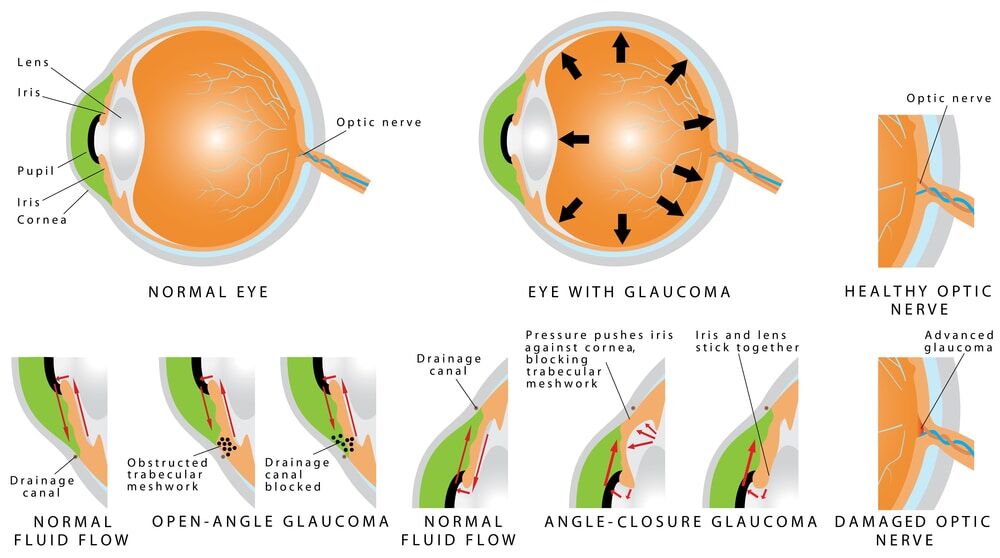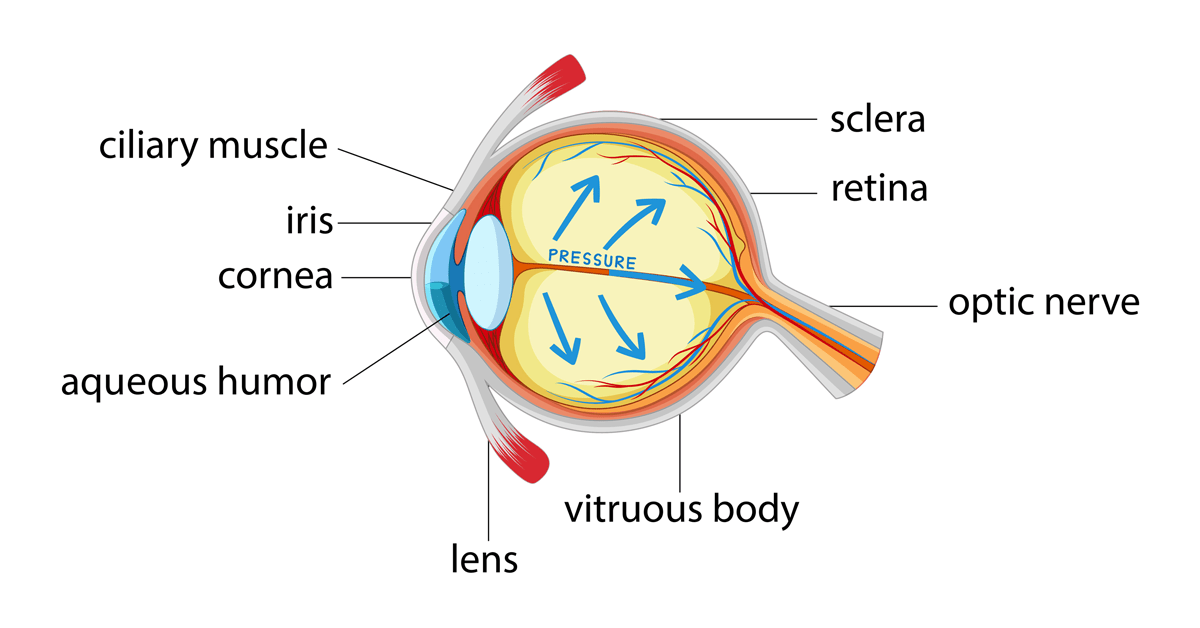Reliable Glaucoma Service Near Me: Protect Your Sight with Specialists
Reliable Glaucoma Service Near Me: Protect Your Sight with Specialists
Blog Article
Understanding the Different Vision Modification Procedures Available for Clearer View
In the realm of vision modification procedures, a plethora of alternatives exist to deal with refractive mistakes and give people with more clear sight. From the extensively acknowledged LASIK surgical treatment to less intrusive treatments like PRK and implantable lenses, the area of ophthalmology uses an array of techniques tailored to fit various requirements and choices. Each treatment includes its own set of considerations, advantages, and possible threats. Comprehending the nuances of these vision improvement approaches is critical for making educated decisions regarding one's visual health and wellness. Allow's discover the details of these procedures and clarified the course to attaining improved vision clearness.
LASIK Surgery
LASIK surgical procedure is a common refractive treatment made use of to correct vision problems such as nearsightedness, farsightedness, and astigmatism - retina service near me. This medical method, which stands for Laser-Assisted in Situ Keratomileusis, aims to improve the cornea to boost how light is concentrated on the retina, inevitably improving vision clearness. Throughout the procedure, a thin flap is produced on the cornea, and a laser is utilized to get rid of precise amounts of cells to reshape it properly. This improving enables light to be properly focused onto the retina, remedying refractive mistakes.
One of the primary advantages of LASIK surgery is the rapid enhancement in vision experienced by clients. Overall, LASIK surgical treatment is a preferred selection for individuals seeking a long-term remedy for their vision issues.
PRK Treatment
While additionally a typical refractive treatment, the PRK (Photorefractive Keratectomy) method varies from LASIK surgical treatment in its approach to remedying vision problems. In PRK, as opposed to creating a flap on the cornea, the outer layer of the cornea, called the epithelium, is entirely eliminated. This permits the laser to reshape the cornea to deal with refractive errors such as astigmatism, nearsightedness, and farsightedness directly on the surface area.

In spite of the longer healing time, PRK can produce outstanding results in vision renovation, making it a beneficial choice for those that might not appropriate prospects for LASIK surgical procedure.
Implantable Lenses
In contrast to PRK where the cornea is reshaped straight, implantable lenses supply another method for dealing with vision by putting artificial lenses inside the eye. This procedure is especially valuable for individuals with high levels of astigmatism, farsightedness, or nearsightedness who might not appropriate prospects for laser surgeries like LASIK or PRK.
Implantable lenses, also understood as phakic intraocular lenses, job by supplementing the eye's natural lens with a man-made one. glaucoma service near me. These lenses can be positioned before the all-natural lens (former chamber) or behind the iris and before the all-natural lens (posterior chamber) By changing the power and positioning of these lenses, eye doctors can properly correct refractive errors and enhance aesthetic acuity
One benefit of implantable lenses is that they are removable and exchangeable, providing adaptability for future adjustments. However, similar to any kind of procedure, there are threats included, such as infection or cataract formation. Patients thinking about implantable lenses must seek advice from with an eye treatment professional to identify one of the most suitable choice based on their specific needs and eye health and wellness.
Corneal Rings
Corneal rings, additionally referred to as intracorneal ring sectors, are tiny, clear devices put into the cornea to correct vision distortions such as keratoconus. Keratoconus is a condition where the cornea thins and protrudes outside, creating vision to end up being altered. The insertion of corneal rings helps to squash the website here cornea, enhancing aesthetic acuity and reducing the irregular astigmatism created by keratoconus.
The procedure for putting corneal rings is relatively quick and minimally intrusive, often done as an outpatient procedure. Throughout the surgery, the eye doctor makes a little incision in the cornea and inserts the rings at a specific deepness. When in location, the rings aid to reshape the cornea, supplying a smoother surface for light to get in the eye, which can result in more clear vision.
Corneal rings are considered a reversible treatment, as they can be eliminated or replaced if needed. glaucoma service near me. While they may not entirely remove the need for glasses or get in touch with lenses, corneal rings can substantially enhance vision top quality and overall visual convenience for people with keratoconus or various other corneal abnormalities
Refractive Lens Exchange
Complying with the improvement of corneal abnormalities with treatments like corneal rings, one more vision improvement method that can address refractive mistakes have a peek at this website is Refractive Lens Exchange (RLE) RLE is a procedure that includes changing the eye's natural lens with an artificial intraocular lens (IOL) to fix refractive errors such as farsightedness, nearsightedness, and presbyopia. This procedure is specifically helpful for individuals that may not appropriate candidates for treatments like LASIK or PRK due to aspects such as thin corneas or high refractive mistakes.

Verdict
Finally, there are different vision correction treatments readily available to help individuals attain more clear sight. LASIK surgical procedure, PRK treatment, implantable lenses, corneal rings, and refractive lens exchange are all alternatives that can address different vision issues. It is very important for individuals to seek advice from their eye care copyright to establish the most suitable procedure based on their particular requirements and preferences. With improvements in modern technology, attaining boosted vision is currently more available than in the past.
In the realm of vision adjustment treatments, a wide range of alternatives exist to deal with refractive errors and supply people with clearer sight.LASIK surgical treatment is an usual refractive procedure made use of click here to read to correct vision issues such as astigmatism, farsightedness, and nearsightedness.While also a typical refractive treatment, the PRK (Photorefractive Keratectomy) method varies from LASIK surgical treatment in its technique to fixing vision issues.Complying with the modification of corneal abnormalities with treatments like corneal rings, another vision modification technique that can deal with refractive errors is Refractive Lens Exchange (RLE) LASIK surgical treatment, PRK procedure, implantable lenses, corneal rings, and refractive lens exchange are all options that can attend to various vision problems.
Report this page